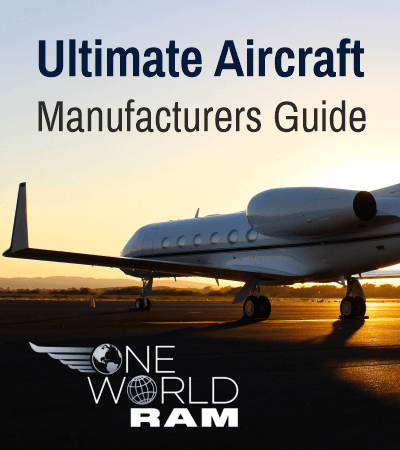Step into the world of revolutionary aviation with the Piaggio P180 Avanti, an aircraft that seamlessly blends cutting-edge technology with exceptional performance. Whether you’re a business executive seeking efficient travel solutions or an aviation enthusiast interested in innovative aircraft design, the P180’s unique features and capabilities are sure to capture your attention.
The Piaggio P180, also known as the Piaggio Avanti, represents a breakthrough in aviation engineering. This remarkable turboprop aircraft, crafted by Piaggio Aerospace, has established itself as a distinctive presence in business aviation through its innovative design and exceptional performance capabilities.
- Passenger capacity – up to six passengers
- Operating range – 751 to 1000 nautical miles
- Purpose – optimized for regional business travel
- Key advantage – enables multiple destination visits in a single day
History and Development of the Piaggio P180
The Piaggio P180’s journey began in 1979 when Piaggio Aerospace initiated an ambitious project to create a next-generation business aircraft. After extensive development, the first prototype took flight in 1986, followed by Italian certification in 1990. Despite facing financial challenges during production, the aircraft has maintained continuous service since 1990, evolving to meet modern aviation demands.
Unique Design Features of the Piaggio P180
The P180 Avanti’s revolutionary design sets it apart in the aviation industry. Its three-lifting surface configuration combines:
- Main wing for primary lift
- Forward wing for enhanced stability
- Conventional tailplane for superior control
- Streamlined fuselage for reduced drag
- Optimized cabin layout for maximum comfort
Technical Specifications and Performance
The P180 Avanti exemplifies advanced aviation technology through its exceptional technical specifications. The three-lifting surface configuration and sleek fuselage design work in harmony to deliver performance that often surpasses comparable turbojets.
Engine and Powertrain Details
| Component | Specification |
|---|---|
| Engine Type | Two Pratt & Whitney Canada PT6A-66 turboprops |
| Power Output | 850 shaft horsepower per engine |
| Propeller Configuration | Pusher arrangement (rear-mounted) |
Performance Metrics and Capabilities
- Maximum cruise speed – 402 knots (463 mph)
- Range – up to 1,470 nautical miles
- Service ceiling – 41,000 feet
- Fuel consumption – approximately 100 gallons per hour at high-speed cruise
The Piaggio P180 in Business Aviation
In the business aviation sector, the P180 Avanti offers an optimal balance of speed, efficiency, and luxury. Its unique capabilities make it particularly suitable for regional business travel, allowing executives to maintain productive schedules while enjoying comfortable travel conditions.
Market Position and Competitors
The P180 occupies a distinctive position in the business aviation market, competing with light jets while offering turboprop efficiency. Its popularity is particularly notable in Europe, where its environmental consciousness and ability to access smaller airports make it an attractive choice for business travelers.
Customer Experience and Feedback
The Piaggio P180 Avanti consistently receives high marks from customers for its exceptional combination of performance and comfort. The aircraft’s cabin features have particularly impressed passengers, offering:
- Wider and taller cabin space compared to competitors
- Large windows providing abundant natural light
- Exceptionally quiet interior due to rear-mounted engines
- Short runway capability for increased airport access
- Comfortable workspace environment for business meetings
While some customers initially comment on the aircraft’s unconventional appearance, the overwhelming consensus is that its performance and comfort advantages far outweigh any aesthetic considerations.
Future Prospects and Innovations
Piaggio Aerospace continues to drive innovation in aviation technology through the P180 platform. The company’s commitment to advancement focuses on two primary areas:
- Advanced materials integration for enhanced performance
- Improved manufacturing techniques for better efficiency
- Enhanced avionics systems development
- Advanced autopilot feature integration
- Upgraded navigation capabilities
Upcoming Technological Advancements
| Innovation Area | Development Focus |
|---|---|
| Propulsion | Hybrid-electric systems for reduced fuel consumption |
| Cockpit Technology | Augmented reality displays and intuitive interfaces |
| Flight Operations | AI and machine learning for optimized flight paths |
| Aerodynamics | Ongoing refinements to the unique design |
Sustainability and Environmental Impact
Piaggio Aerospace is intensifying its focus on environmental responsibility through several key initiatives:
- Integration of sustainable aviation fuels (SAFs)
- Enhanced noise reduction technology
- Eco-friendly material sourcing
- Energy-efficient manufacturing processes
- Reduced carbon footprint operations
These environmental initiatives demonstrate Piaggio’s commitment to sustainable aviation while maintaining the P180’s renowned performance capabilities.





Leave a Reply